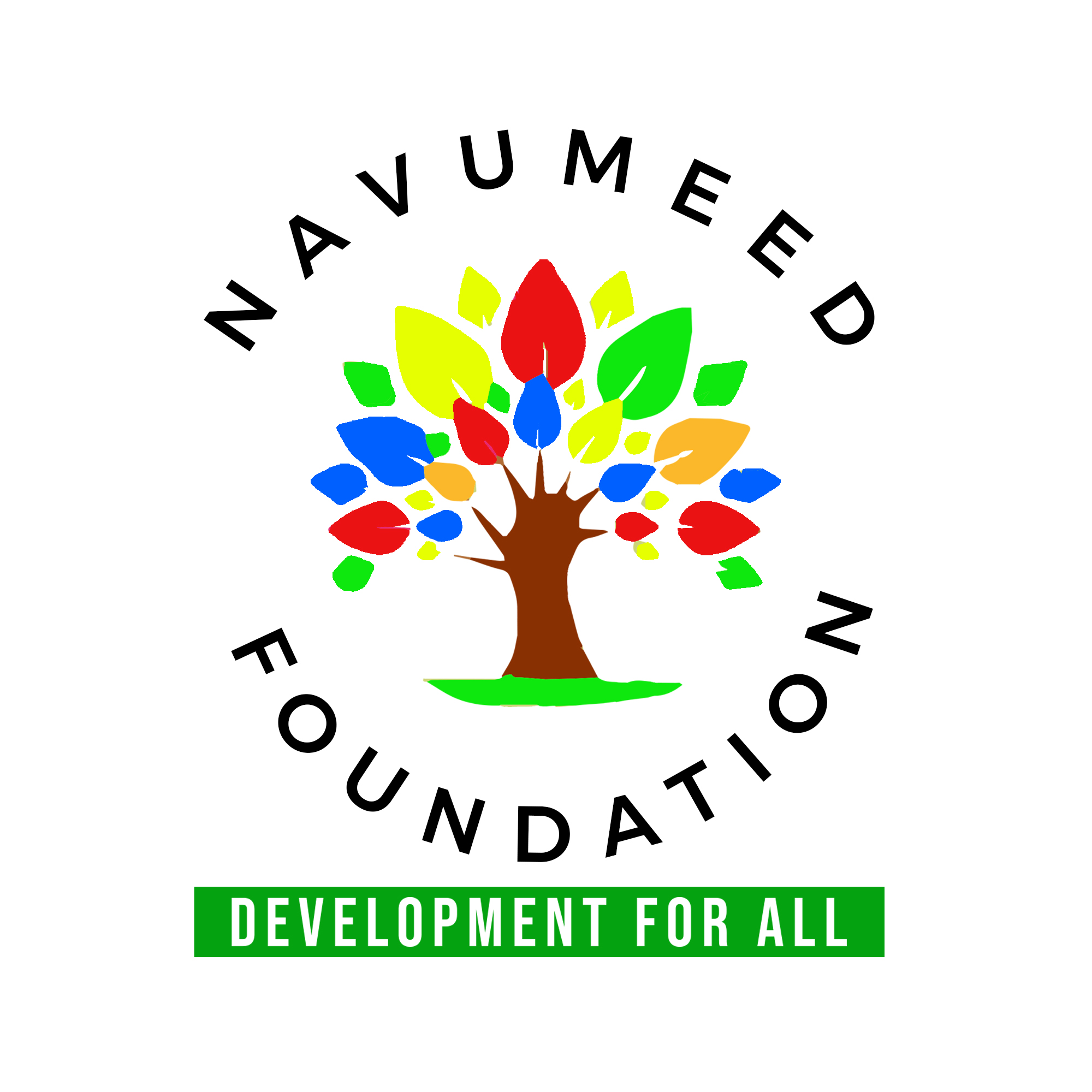From Villages to Vision 2030: How Rural India Can Lead the SDG Charge
Introduction
The Sustainable Development Goals (SDGs), adopted by the United Nations in 2015, offer a universal framework for inclusive development. While India’s urban centers often dominate conversations around growth, the real engine of transformation lies in rural India — home to nearly 65% of the country’s population (Census 2011; projected 2023). With decentralized governance, self-help group networks, and grassroots innovation, rural India holds the key to achieving the SDGs by 2030.
This article explores how rural governance, especially Panchayati Raj Institutions (PRIs), Self-Help Groups (SHGs), and civil society initiatives are catalyzing progress in critical SDGs such as health (SDG 3), education (SDG 4), gender equality (SDG 5), and reduced inequalities (SDG 10).
1. Panchayati Raj: The Local Engine of Transformation
The 73rd Constitutional Amendment Act (1992) institutionalized PRIs, giving villages the power to plan, decide, and execute their development agendas. Today, over 2.6 lakh Panchayats and 3 million elected representatives, with over 45% women, form the world’s largest democratic body[1]. Panchayats are increasingly aligned with SDGs through state-specific local indicators. States like Kerala, Sikkim, and Himachal Pradesh have launched Local SDG Indexes at the Gram Panchayat level[2].
Case Study: Kerala’s Local Self Government Department integrated SDG-aligned budgeting in its annual plans using a participatory planning process known as the People’s Plan Campaign (PPC)[3].
2. Decentralized Health Initiatives (SDG 3: Good Health & Well-Being)
Rural health delivery has historically struggled, but innovative community-based approaches are changing the narrative. ASHA workers — the backbone of rural health — played a pivotal role during COVID-19 and routine immunization drives[4]. Ayushman Bharat – Health and Wellness Centres (HWCs) are being set up across rural blocks to provide universal primary health care[5]. Community Health Committees, chaired by Panchayat leaders, now monitor service delivery, sanitation, and malnutrition locally.
Example: In Jharkhand, the Mukhya Mantri Jan Swasthya Yojana works closely with village health committees to facilitate doorstep diagnosis and maternal care[6].
3. Education in Villages: Building SDG 4 from the Ground Up
Education in rural India is seeing a quiet revolution through:
- Community-led schooling by NGOs like Pratham, Eklavya, Digantar—using mobile schools and rural libraries[7].
- Digital learning platforms like DIKSHA integrated into local schools[8].
- School Management Committees (SMCs) under RTE involving Panchayats and parents in monitoring performance.
Case Example: In Maharashtra’s Nandurbar district, tribal communities initiated night schools for working children, supported by SHGs and Panchayats[9].
4. Women’s SHGs: Accelerating SDG 5 & 10
India now has over 8 crore women in SHGs under NRLM. These SHGs drive financial inclusion and empowerment by producing sanitary pads, initiating solar ventures, facilitating livelihoods, and managing rural waste[10]. In Bihar and Odisha, SHG-led micro-enterprises, supported by UNDP, advance gender equity[11].
**In Tamil Nadu**, the Pudhu Vaazhvu Project empowered over 12 lakh women to run Panchayat-linked economic activities—linking local livelihood with governance[12].
5. Convergence: The Power of Decentralized Multi-Sectoral Planning
Real rural progress happens when sectors converge through decentralized planning:
- MGNREGA funds used to build school toilets (SDG 6 + SDG 4)
- SHG women running Anganwadis and community health initiatives (SDG 5 + SDG 3)
- Panchayats coordinate with Forest Rights Committees for land access and nutritional security (SDG 2 + SDG 10)
Example: In Dantewada (Chhattisgarh), SHG women run PDS dry rations shops, ensuring both income generation and food access[13].
Challenges That Remain
- Digital Divide: Many rural areas still lack internet access and digital literacy.
- Capacity Gaps: Panchayat representatives need more training to align plans with SDGs.
- Funding & Autonomy: Rural bodies receive fewer untied funds than their urban counterparts.
- As per NITI Aayog’s 2023 SDG Index, Bihar, Jharkhand, and UP still lag on rural indicators[14].
Way Forward: Enabling Villages to Be SDG Champions
To turn rural India into an SDG driver by 2030, we must:
- Localize SDGs with community-relevant metrics and vernacular goals.
- Empower Panchayats with data systems, training, and financial autonomy.
- Forge Public-Private-People (4P) partnerships for co-created solutions.
- Invest in skilling, leadership, and digital inclusion — especially among young rural women and youth.
Conclusion
As India races toward 2030, its success will not lie solely in cities. It will be written in panchayat halls, SHG meetings, anganwadis, and village schools. Rural communities are no longer passive receivers — they are co-creators of sustainable transformation.
Email us: connect@navumeedfoundation.org
References & Further Reading
- Census of India 2011 (population data) ↩
- Ministry of Panchayati Raj – PRI numbers ↩
- Kerala LSGD – People’s Plan Campaign ↩
- ASHA/Health system data ↩
- Ayushman Bharat – HWCs ↩
- Jharkhand Health Yojana ↩
- Pratham NGO ↩
- DIKSHA platform ↩
- Maharashtra Education Dept – night schools ↩
- NRLM data ↩
- UNDP India – SHG Micro-enterprises ↩
- Pudhu Vaazhvu Project, Tamil Nadu ↩
- Dantewada rural convergence example ↩
- NITI Aayog SDG Index disparities ↩
